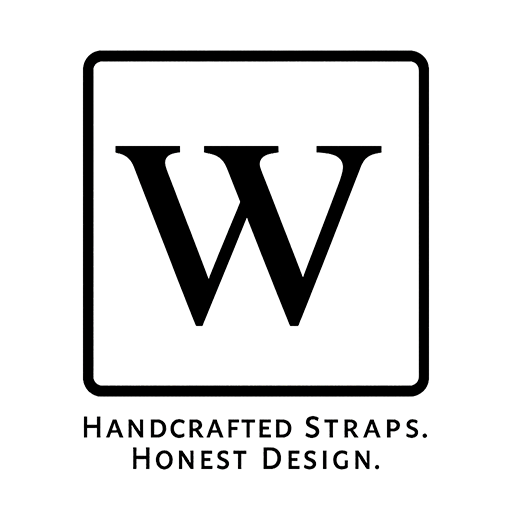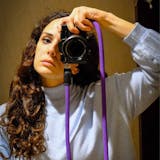
Nikon F3 king of SLR film cameras
In the 1980s, Nikon F3 was a professional equipment for photographers and a dream for photography enthusiasts. It can be said that it is the pinnacle of film SLR cameras.
Each Nikon F series of professional cameras is classic: F opens a new era of 35mm SLR cameras, F2 is the emperor of mechanical cameras, F4 is the first professional autofocus camera... What is F3? It is the last top professional professional camera. It was so good, reliable, strong and so popular that it became the longest professional camera ever produced, from 1980 until 2001 (21 years), when F4 (1988-1997) was discontinued and F5 has been produced for many years. The camera has already entered the digital age.

Today, 37 years later, film cameras have long given way to digital cameras, non-mainstream film camera users, when choosing a film camera in the second-hand market, F3 is still a hot item. It is more popular than F2 because it has automatic exposure control. It is also more popular than the F4 because it is smaller and more portable than the F4. F3 is still the king of film cameras today!
When F3 first came out, many traditional photographers expressed doubts about its electronic system, fearing it was not as reliable as purely mechanical F2. After many years, it turns out that the reliability of F3 is not worse than F2, because Nikon uses the highest quality electronic components and the most rigorous assembly process. Other quality standards are unparalleled. The fuselage is cast from sturdy aluminum alloy. The transmission mechanism consists of high-cost ball bearings. The titanium shutter is precisely controlled by quartz. The exposure life is over 150,000 times. The precision of all the originals. The degree has reached the Nikon professional standard (military precision instrument standard). "The top-line Pro SLR's of that era (Nikon & Canon), had many internal defenses with Military Spec electronics" (Gus Lazarri).

The semi-professional Nikon FM2, FE2, and FA, which were born later than F3, surpassed F3 in some respects. For example, the shutter of 1/4000 second is twice as fast as F3, and FA also has matrix metering and program exposure. But professional photographers pay more attention to the excellent quality and system expansion of F3. F3 has the important functions required by professionals. Although the metal curtain opening is only 1/2000 second, it is reliable, durable and accurate. It is enough to have an aperture priority for self-exposure. It does not need shutter priority and program exposure. The replaceable viewfinder achieves 100% frame visibility, which is not possible with other cameras including Canon New F-1, Pentax LX, etc. Some special-purpose accessories, such as the MW-2, ML-2, MT-2, and MC-12A, are not available with any camera other than the F3.
The F3 accepts all Nikon lenses, but the metering conditions are different: non-AI lenses (ie auto and K lenses) need to shrink aperture metering. AI, AIS, AF, AF-D, AF-S, AF-I can be used normally. The G lens cannot measure light.

F3 competitors are mainly Canon F-1N and Pentax LX, each with their own strengths, and some even exceed Nikon F3 (such as Canon and Pentax can use between 1/125 and 1/2000 seconds without battery) The mechanical shutter), but 70% of professional photographers using the Nikon F3, NASA selected it as a working camera into space. This is because Nikon has established a reputation for the professional camera and market, and secondly, professional photographers will consider the camera's reliability more when choosing a camera (Pentax LX is also worrying about reliability, and F3 is reliable. Sex is well-known. The whole system, such as the comprehensiveness of the lens and accessories, the optional camera (such as Nikon has FM2, FE2 and other semi-professional spare cameras complement F3, while Canon's spare camera A-1 speed is only 1/ 1000 seconds, reliability is not strong) and so on.

Like the Canon F-1N and the Pentax LX, the F3 has a maximum shutter speed of only 1/2000 second, which is a bit regrettable today. The F3's highest flash sync speed is 1/80 second (note that it is set to 1/80 seconds in the X file, otherwise it is only 1/60 second). In the absence of a battery, the F3 has a mechanical shutter of approximately 1/60 second (see the Nikon F3 User Manual).
The F3 was released with the DE-2. It was not long before the DE-3 viewfinder, the High Eyepoint (HP) viewfinder, was introduced. The advantage is that the eyes can be seen 2.5 cm away from the viewfinder (such as wearing glasses). To the entire viewfinder, this F3 with DE-3 is called F3HP, which is the most popular version.
In order to make the F3 more powerful, Nikon also introduced the titanium version of the F3/T. The camera case, back cover, and viewfinder DE-4 are all made of titanium, which is not only sturdy, but also 20 grams lighter than the regular version. The titanium version introduced in 1982 is champagne, and in 1985 it was changed to black.
In 1983, a F3P (P for Press) for journalists was introduced, which is better in sealing and has a DE-5 viewfinder with titanium. It is different from DE-2, DE-3, and DE-4. The DE-5 has a flash hot shoe but no window. The F3P has removed the self-timer and multiple exposure functions, and the speed adjustment knob is high for easy operation.
In addition, there is a high-speed version of F3H, as well as an autofocus version of F3AF.
Many F3s are equipped with a film motor MD-4, which can be removed if you suspect it is too bulky.
Due to the huge output and durability, there are a large number of F3s in the second-hand market today.
Nikon's advertising in the 1980s was: "Nikon - we take the world's greatest pictures".

If you are still hesitant to choose a SLR film camera, please choose Nikon F3. Its current price on ebay is between $260 and $350.
The advertising time at the end of the text is here. Maybe your F3 is already on the way. We might as well choose a suitable manual camera strap for it. Because the Nikon F3 camera is perfect, its original camera strap is really crappy. Windmup recently introduced two new hand-woven camera straps. They are soft, comfortable and strong. They are olive green
and navy blue. Do not miss it.
(windmup Dai)



2 comments
I use a split image focus screen.
Nice review! It’s a pretty cool camera indeed. I have recently aqcuired one and getting used to it and it’s feel.
What focus screen do you use? The photo of the macro / flower through the WLV finder screen is lovely!